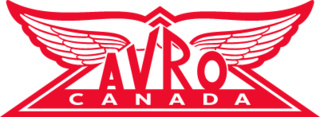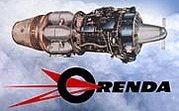
The Avro Canada CF-105 Arrow, often known simply as the Avro Arrow, was a delta-winged interceptor aircraft designed and built by Avro Canada. The CF-105 held the promise of Mach 2 speeds at altitudes exceeding 50,000 feet (15,000 m) and was intended to serve as the Royal Canadian Air Force's (RCAF) primary interceptor into the 1960s and beyond.

Hawker Siddeley was a group of British manufacturing companies engaged in aircraft production. Hawker Siddeley combined the legacies of several British aircraft manufacturers, emerging through a series of mergers and acquisitions as one of only two such major British companies in the 1960s. In 1977, Hawker Siddeley became a founding component of the nationalised British Aerospace (BAe). Hawker Siddeley also operated in other industrial markets, such as locomotive building and diesel engine manufacture. The company was once a constituent of the FTSE 100 Index.

The Avro C102 Jetliner was a Canadian prototype medium-range turbojet-powered jet airliner built by Avro Canada in 1949. It was beaten to the air by only 13 days by the de Havilland Comet, thereby becoming the second jet airliner in the world. The name "Jetliner" was chosen as a shortening of the term "jet airliner", a term which is still in popular usage in Canada and the United States. The aircraft was considered suitable for busy routes along the US eastern seaboard and garnered intense interest, notably from Howard Hughes who even offered to start production under license. However continued delays in Avro's all-weather interceptor project, the Avro Canada CF-100 Canuck, led to an order to stop working on the project in 1951, with the prototype Jetliner later cut up for scrap.

Malton is a neighbourhood in the northeastern part of the city of Mississauga, Ontario, Canada, located to the northwest of Toronto.
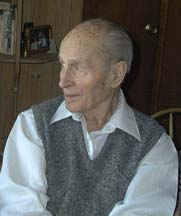
Janusz Żurakowski was a Polish fighter and test pilot. At various times in his life he lived and worked in Poland, the United Kingdom, and Canada.

The Avro Canada CF-100 Canuck was a Canadian twinjet interceptor/fighter serving during the Cold War both in NATO bases in Europe and as part of NORAD. The CF-100 was the only Canadian-designed fighter to enter mass production, serving primarily with the Royal Canadian Air Force and Canadian Armed Forces and also in small numbers in Belgium. For its day, the CF-100 featured a short takeoff run and high climb rate, making it well suited to its role as an interceptor.
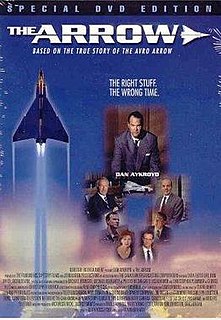
The Arrow is a four-hour miniseries produced for CBC Television in 1996, starring Dan Aykroyd as Crawford Gordon, experienced wartime production leader after World War II and president of A. V. Roe Canada during its attempt to produce the Avro Arrow supersonic jet interceptor aircraft. The film also stars Michael Ironside and Sara Botsford. The mini-series is noted as having the highest viewership ever for a CBC program.

James Arthur Chamberlin was a Canadian aerodynamicist who contributed to the design of the Canadian Avro Arrow, NASA's Gemini spacecraft and the Apollo program. In addition to his pioneering air and space efforts, he is often cited as an example of Canadian brain drain to the U.S. In the early 1960s, he was one of the key people that proposed and moved that Lunar Orbit Rendezvous (LOR) was the best option for landing a crew on the Moon, the method eventually used on Apollo lunar landing missions. He left NASA in 1970 and worked for McDonnell Douglas, in their Houston offices, until his death in 1981.
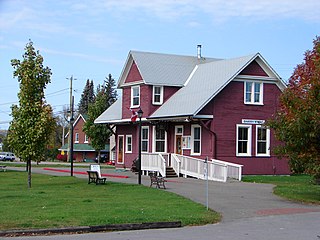
Barry's Bay is a community in the township of Madawaska Valley, Ontario, Canada, located two hours west of Ottawa on the shores of Kamaniskeg Lake, with a population of approximately 1,300 people.

The Orenda PS.13 Iroquois was an advanced turbojet engine designed for military use. It was developed by the Canadian aircraft engine manufacturer Orenda Engines, a part of the Avro Canada group. Intended for the CF-105 Arrow interceptor, development was cancelled, along with the Arrow, in 1959.
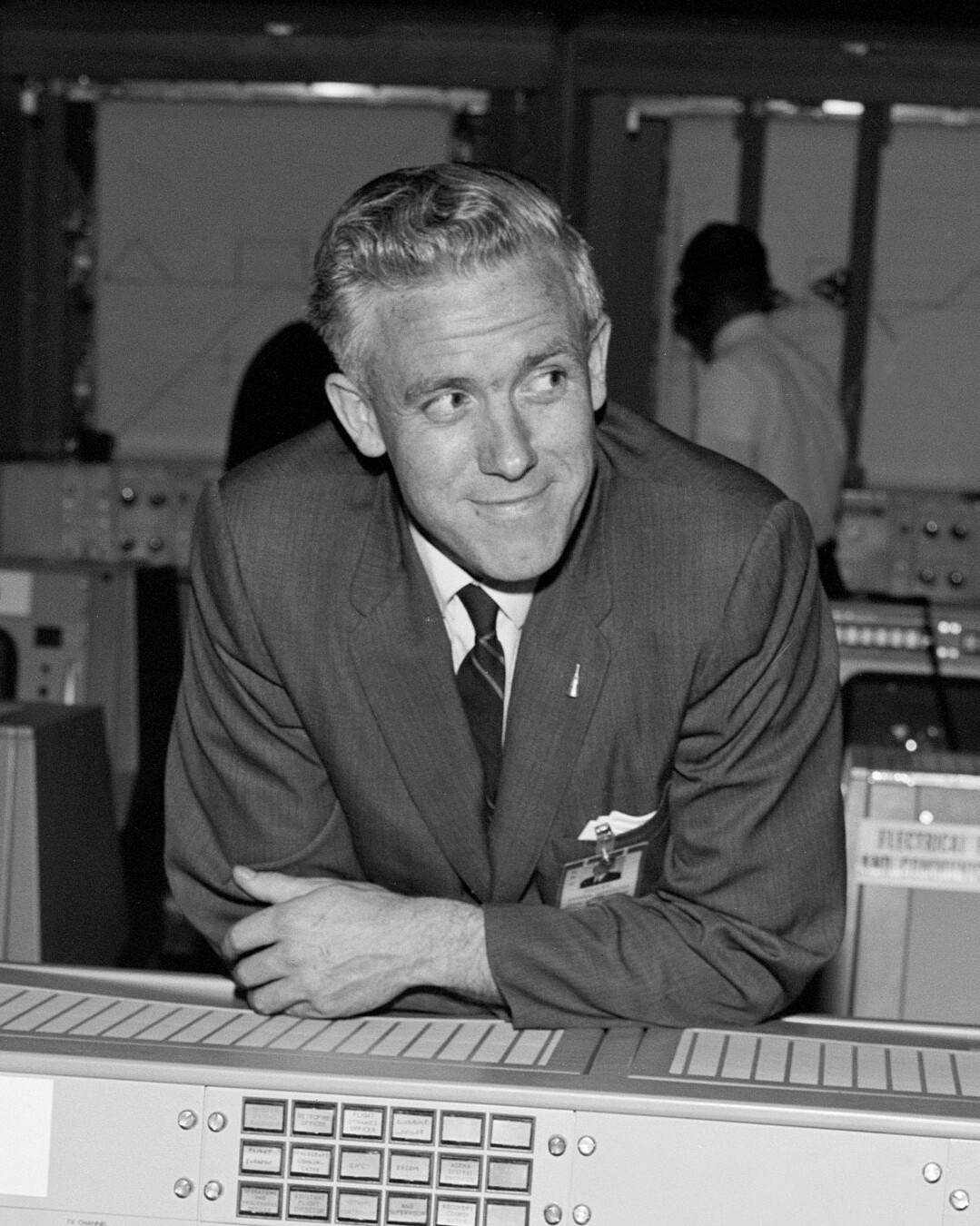
John Dennis Hodge is a British-born aerospace engineer. He worked for the CF-105 Avro Arrow jet interceptor project in Canada. When it was cancelled in 1959, he became a member of NASA's Space Task Group, which later became the Johnson Space Center. During his NASA career, he worked as a flight director and planner. When he returned to NASA in the 1980s, he worked as a manager on the Space Station Freedom project, which later became the International Space Station. He also served as an administrator at the United States Department of Transportation.
Frederick Thomas "Fred" Smye was a Canadian businessman. He was the president of Avro Aircraft Limited (Canada).

The Avro Canada TR.5 Orenda was the first production jet engine from Avro Canada's Gas Turbine Division. Similar to other early jet engines in design, like the Rolls-Royce Avon or General Electric J47, the Orenda nevertheless outperformed its rivals in most ways, and the Orenda-powered Canadair Sabres were among the fastest of all first-generation jet fighters. Over 4,000 Orendas of various marks were delivered during the 1950s, Avro's greatest engine success.
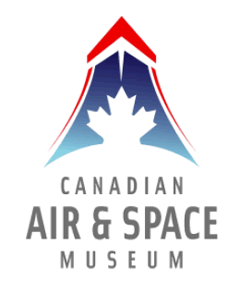
The Canadian Air and Space Museum was an aviation museum that was located in Toronto, Ontario, featuring artifacts, exhibits and stories illustrating a century of Canadian aviation heritage and achievements. The museum was located in a hangar that once housed the original de Havilland Canada aircraft manufacturing building, but in September 2011 the museum and all of the other tenants in the building were evicted by the landlord, the Crown Corporation, PDP. The site was slated for redevelopment as a new sports centre but after closing the museum the development was placed on hold. The museum is developing a new location and its collections are currently not available for public viewing.

The Avro Canada CF-103 was a proposed Canadian interceptor, designed by Avro Canada in the early 1950s as a development, and possible replacement of the company's CF-100 Canuck, that was entering service at the time with the Royal Canadian Air Force (RCAF). Although intended to be capable of flying at transonic speeds, the CF-103 only offered a moderate increase in performance and capability over the CF-100; subsequently, the aircraft never progressed beyond the mock-up stage.

Screaming Jets is an 11-minute 1951 Canadian documentary film, made by the National Film Board of Canada (NFB) as part of the postwar Canada Carries On series. The film, directed by Jack Olsen and produced by Sydney Newman, depicted the contemporary Canadian and international aircraft in production and on the drawing boards. The film's French version title is Avions à réaction.




